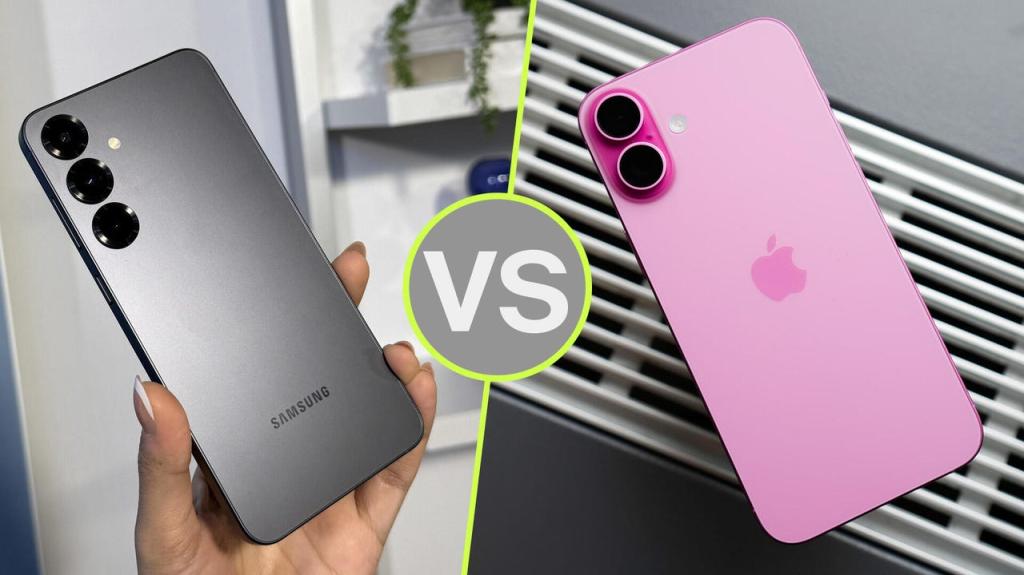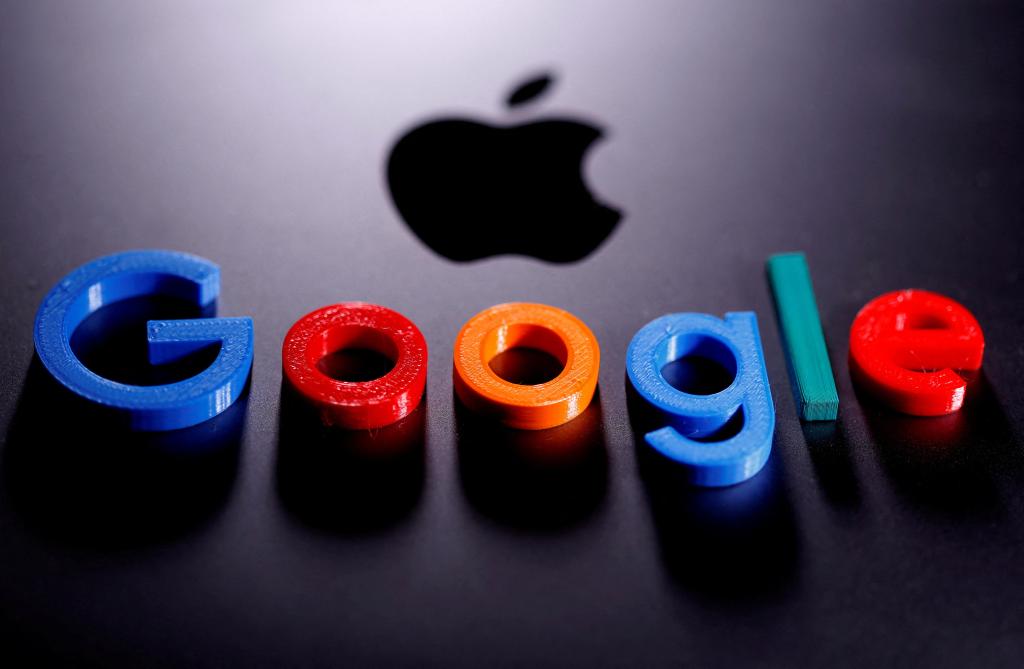Apple's Foldable iPhones and Ultra-Thin Devices Are Coming
Explore Apple's innovative plans for foldable iPhones and ultra-thin devices, set to transform user experiences and redefine mobile technology.
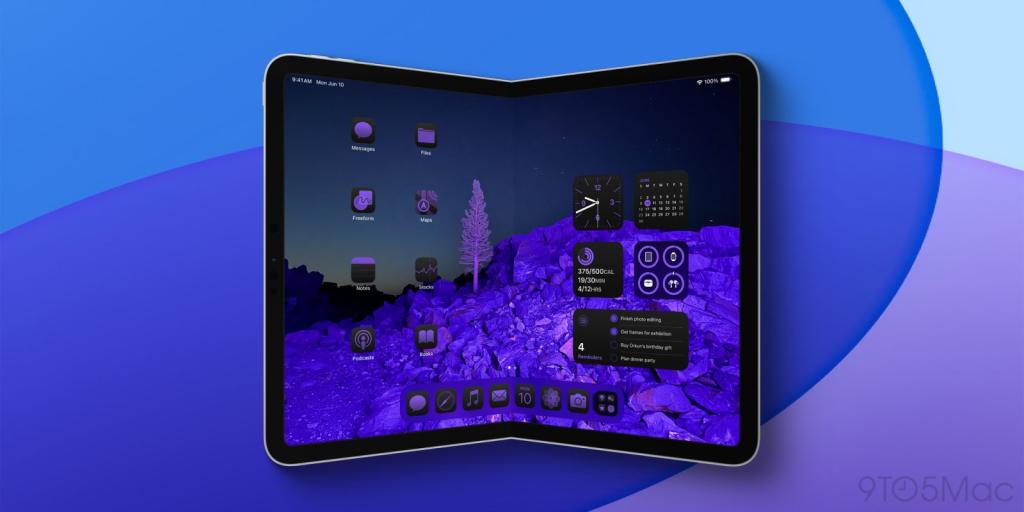
Key Points
- Apple is set to launch its first foldable iPhone by 2026, featuring a larger display than the iPhone 16 Pro Max.
- A foldable iPad with an 18.8-inch screen is expected to debut in 2028, combining the functionality of a tablet and laptop.
- The introduction of an ultra-thin iPhone 17 Air next year aims to attract cost-conscious consumers while enhancing design appeal.
As technology continuously evolves, Apple stands at the forefront of innovation once again, unveiling ambitious plans for foldable devices. With the advent of an ultra-thin iPhone and a groundbreaking foldable iPad slated for release in the coming years, the tech giant aims to reshape the user experience. This strategic shift could redefine how we interact with our devices and set new standards in the industry.
The Foldable iPhone: What We Know
According to reports stemming from credible sources, including
and
, Apple is gearing up to launch its first foldable iPhone by 2026. This device is expected to feature a display larger than the current iPhone 16 Pro Max, which boasts a 6.9-inch screen. Imagine an iPhone that unfolds to reveal a spacious display, enhancing productivity and entertainment in one sleek form factor. Such innovation stands to create a compelling alternative in a saturated smartphone market.
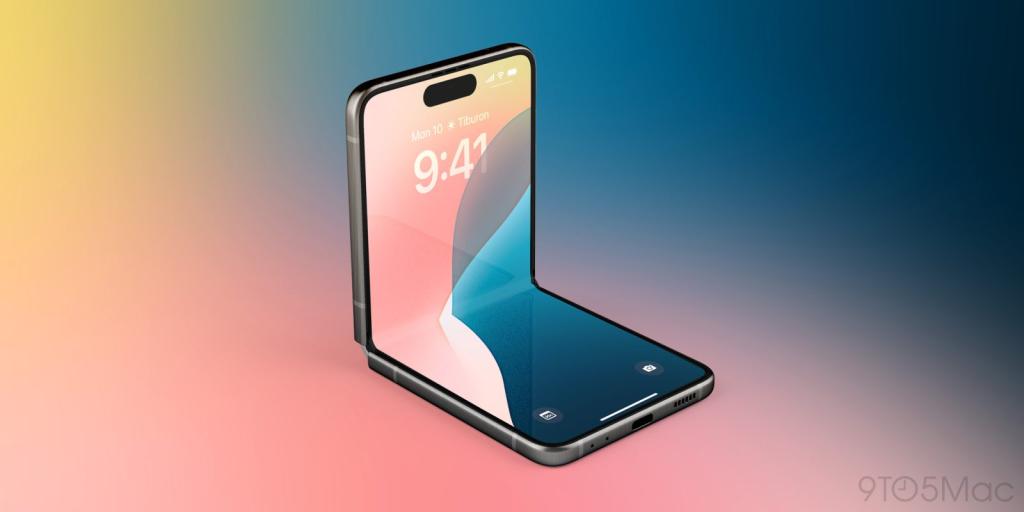
The push for foldable technology might seem late, especially considering that competitors such as
and
have already launched similar products. However, Apple's cautious approach could be a deliberate strategy to ensure that its debut model possesses features that surpass existing offerings, like a “nearly invisible crease” that enhances the aesthetic and functional value of the display.
The Future of the Foldable iPad
In addition to the innovative iPhone, Apple is reportedly in the final stages of developing a foldable iPad set to launch around 2028. This device is rumored to feature an 18.8-inch display that expands to the size of two iPad Pros. The idea of a tablet that combines the portability of an iPad with the utility of a laptop is exciting for those who seek versatility in their devices. Such advancements could cater to a growing demographic of users embracing hybrid technology.
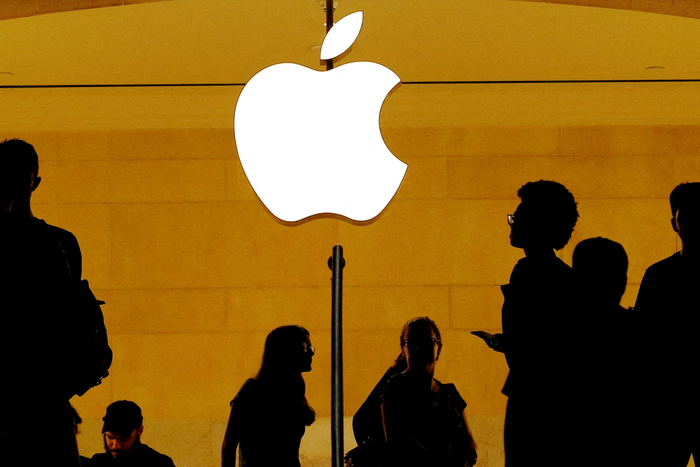
As Apple continues to explore the potential of foldable devices, it faces the challenge of delivering on the technological hurdles that have stalled previous prototypes. The development of reliable hinges and durable screens will be pivotal for the iPad’s success in achieving long-term consumer satisfaction.
Challenges and Market Dynamics
Despite Apple's delayed entry into the foldable market, analysts believe that the timing allows for a careful refinement of the products. Observations from industry experts suggest that previous foldable devices have not met Apple’s standards in terms of thinness, weight, and energy efficiency. As such, This restraint could ultimately lead to superior products that set new benchmarks in foldable technology.

Interestingly, Apple’s strategic moves come at a time when its growth has slowed. With flagship products like the iPhone facing fierce competition, the introduction of innovative devices like the ultra-thin iPhone and foldable units could reignite user interest and drive sales. Market analysis suggests that foldable smartphones currently account for a modest 1.5% of the overall smartphone market, indicating significant opportunity for growth.
A Closer Look at the Ultra-Thin iPhone 17
Alongside the foldable devices, Apple will reportedly introduce an ultra-thin iPhone, known as the iPhone 17 Air. Scheduled for release next year, this model promises to be sleeker than previous iterations, featuring a simplified camera system to reduce costs. This streamlined version may appeal to consumers preferring a sophisticated design without the need for the latest high-end functionality.
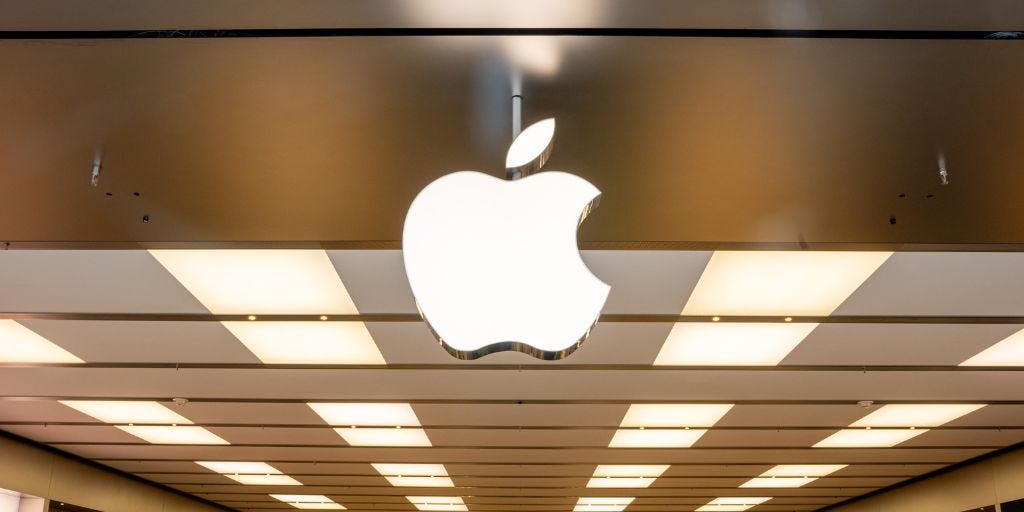
With the market becoming increasingly competitive, such a product line expansion is critical for retaining customer loyalty and attracting new users. The strategic positioning of these devices is aimed at capturing the attention of consumers looking for enhanced functionality without sacrificing style.
In summary, Apple’s forthcoming foldable iPhone and ultra-thin devices represent a thrilling chapter in technology. By innovating at this level, Apple is not just keeping up with the competition but is poised to lead the way into a future where technology harmonizes with user needs. As we eagerly await these products, the anticipation surrounding them underscores Apple's commitment to pushing the boundaries of what we expect from mobile technology.
